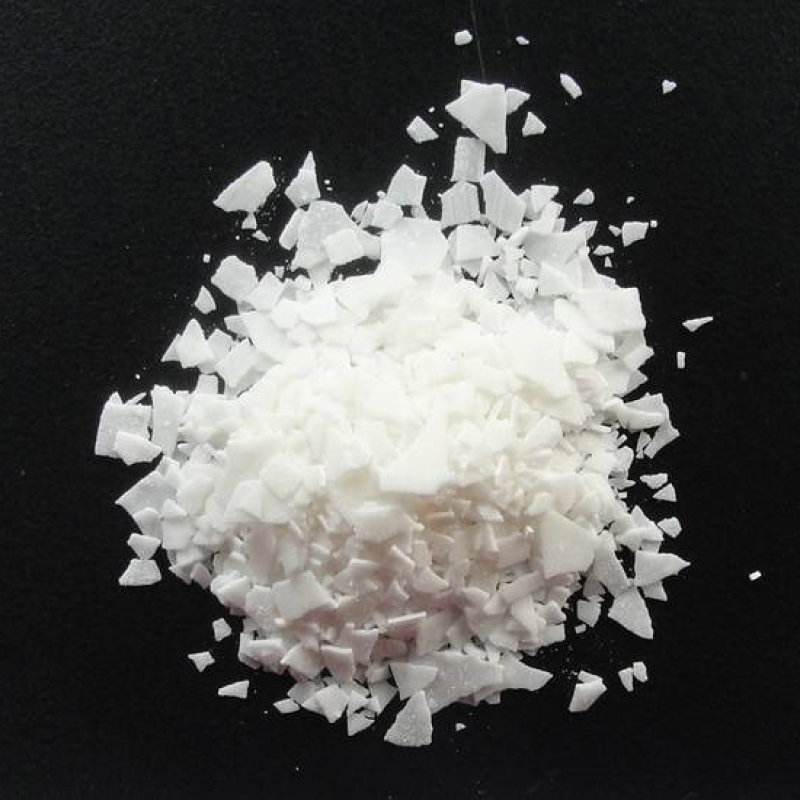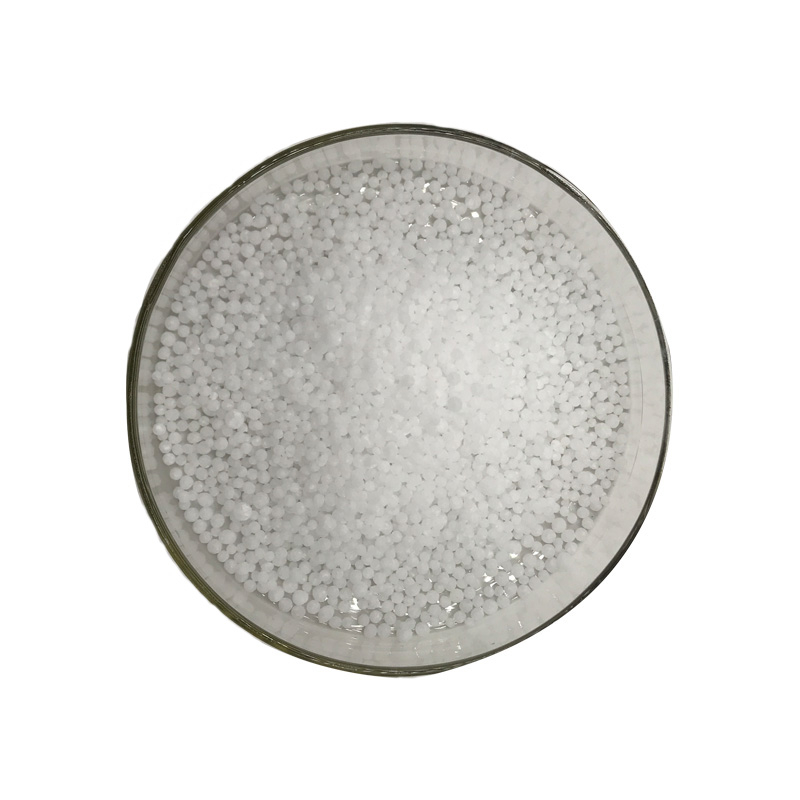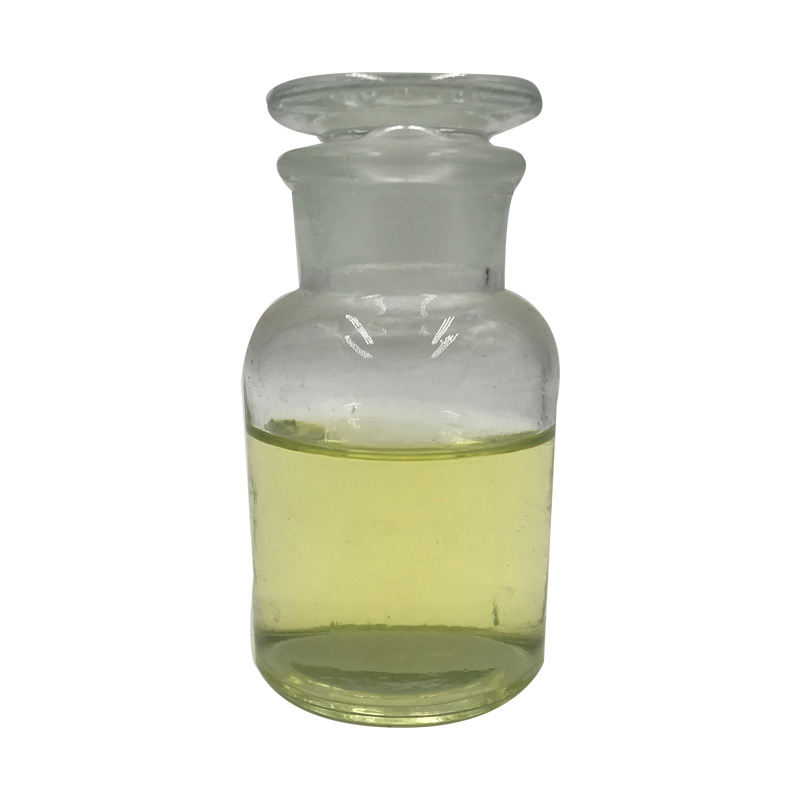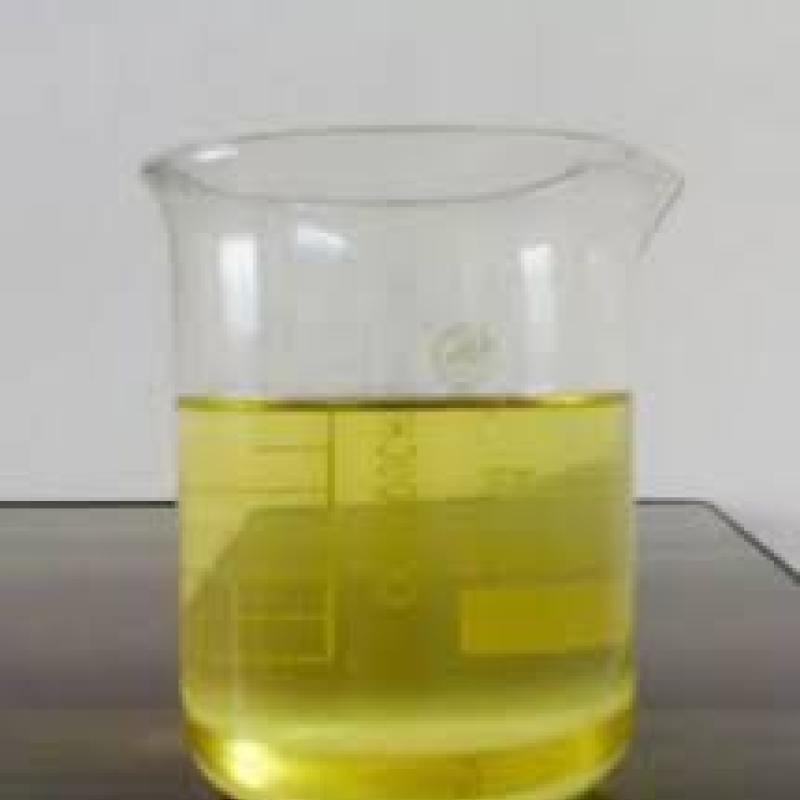Products Description of 3,6-Dibromopyridazide CAS#17973-86-33,6-Dibromopyridazine is an important intermediate in organic synthesis.3,6-Dibromopyridazide CAS#17973-86-3 Chemical PropertiesMelting point 116 °CBoiling point 327.5±22.0 °C(Predicted)density 2?+-.0.06 g/cm3(Predicted)storage temp. Keep in dark place,Sealed in dry,Room Temperaturepka-1.18±0.10(Predicted)form Solidcolor White to pale yellowInChIInChI=1S/C4H2Br2N2/c5-3-1-2-4(6)8-7-3/h1-2HInChIKeyVQAFMTSSCUETHA-UHFFFAOYSA-NSMILESC1(Br)=NN=C(Br)C=C1Safety InformationHazard Codes XnRisk Statements&
Contact Now
Methyl Methacrylate CAS#80-62-6Methyl methacrylate is an natural compound with the system CH2=C(CH3)COOCH3. This colourless liquid, the methyl ester of methacrylic acid (MAA) is a monomer produced on a giant scale for the manufacturing of poly(methyl methacrylate) (PMMA).Methyl methacrylate is a methyl ester of methacrylic acid. It is a colourless, risky liquid with an acrid fruity odour.
Contact Now
Products Description of Dioctyl sebacate CAS#122-62-3Dioctyl sebacate, also known as bis-2-ethylhexyl sebacate, referred to as DOS, is made by esterification of sebacic acid and 2-ethylhexanol. It is suitable for polyvinyl chloride, vinyl chloride copolymers, nitrocellulose, ethyl cellulose and synthetic rubber. It has high plasticizing efficiency and low volatility. It has excellent cold resistance, good heat resistance, light resistance and electrical insulation. It also has good lubricity when heated, making the product look good and feel good.
Contact Now
Products Description of Saccharin CAS#81-07-2Pure saccharin is a non-toxic, non-caloric, non-nutritious sweetener that is not absorbed by the human body. Taking advantage of its sweet taste, it is used as a food additive to replace sugar. As a food additive, saccharin has no nutritional value to the human body except that it causes a sweet feeling in the taste buds and the sweetness of the taste can meet the requirements of consumers.
Contact Now
Products Description of Sodium perborate tetrahydrateCAS#10486-00-7 White monoclinic crystalline particles or powder. Melting point 63℃. Soluble in acid, alkali and glycerol, slightly soluble in water, the solution is alkaline (pHl0~11), the aqueous solution is unstable and easily releases active oxygen. In cold and dry air, sodium perborate with higher purity is more stable. Decomposes at 40℃ or in humid air and releases oxygen. Dissolves in its own crystal water at 63℃ and decomposes to form a sticky solid mass. Loses 3 crystal waters at above 70℃ to form a monohydrate.
Contact Now
Products Description of Titanium tetrachloride CAS#7550-45-0Titanium tetrachloride is the most important titanium halide and an important raw material for the production of titanium sponge and chloride-process titanium dioxide. Pure titanium tetrachloride is a colorless, transparent, high-density, non-conductive liquid with a chemical formula of TiCl4 and a relative density of 1.726. The melting point is -25°C and the boiling point is 136.4°C. It has a pungent sour taste and is easily hydrolyzed, generating white smoke in humid air. It dissolves in water and decomposes at the same time.
Contact Now
Products Description of 2,5-Dimethyl-2,5-hexanediolCAS#110-03-2This product is white crystal, m.p.88.5~90℃, b.p.214~215℃, relative density 0.898, soluble in water, acid, alcohol, acetone, insoluble in benzene, carbon tetrachloride and other organic solvents2,5-Dimethyl-2,5-hexanediol Chemical PropertiesMelting point 86-90 °C (lit.)Boiling point 214-215 °C (lit.)density 0,898 g/cm3vapor pressure 0.18Pa at 20℃refractive index 1.4429 (estimate)Fp 126 °Cstorage temp. Keep in dark place,Sealed in dry,Room Temperaturepka15.07±0.29(Predicted)form Crystalli
Contact Now
Products Description of Methylcyclopentadienyl manganese tricarbonyl CAS#12108-13-3Methylcyclopentadienyl manganese tricarbonyl, a metallic manganese compound. Combustible, highly toxic, decomposes into toxic manganese oxide fumes in fires.
Contact Now
Products Description of Dimethyl thio-toluene diamine CAS#106264-79-3DMTDA is a new type of polyurethane elastomer curing crosslinking agent, which mainly contains two isomers, namely a mixture of 2,4- and 2,6-dimethylthiotoluenediamine (the ratio is about 77~80/17~20).
Contact Now
Products Description of 2,5-Furandicarboxylic acid CAS#3238-40-22,5-Furandicarboxylic acid is a derivative of furan. This organic compound was first obtained by Fittig and Heinzelmann in 1876. 2,5-Furandicarboxylic acid is a chemical intermediate with strong sensitivity and good stability. It is soluble in water under alkaline conditions and is a white powdery solid under acidic conditions. It is an important monomer for the preparation of corrosion-resistant plastics.
Contact Now
Acrylonitrile CAS#107-13-1 Acrylonitrile is a colourless, flammable liquid. Its vapours might also explode when uncovered to an open flame. Acrylonitrile does now not take place naturally. It is produced in very giant quantities through numerous chemical industries in the United States, and its requirement and demand are growing in latest years. Acrylonitrile is a closely produced, unsaturated nitrile.
Contact Now
Products Description of Tolylene-2,4-diisocyanate CAS#584-84-9Toluene-2,4-diisocyanate is a colorless, transparent liquid at room temperature and pressure, and is sensitive to moisture.
Contact Now
Products Description of 2-Tert-Butylphenol CAS#88-18-62-tert-butylphenol, also known as o-tert-butylphenol, is an organic compound with the chemical formula C10H14O.
Contact Now
Products Description of 4-tert-Amylphenol CAS#80-46-64-tert-Amylphenol is an organic compound characterized by a phenolic structure with a tert-amyl (4-methyl-2-pentyl) group attached to the para position of the benzene ring. It is used in various applications, including as a stabilizer in polymers and as an intermediate in the synthesis of other organic compounds.
Contact Now
Products Description of Allylbenzene CAS#300-57-2Allylbenzene is an organic compound with a molecular formula of C9H10 and a molecular weight of 118.18. It is a colorless liquid. Soluble in ethanol, ether, benzene, insoluble in water.
Contact Now
Products Description of Sulfanilic acid CAS#121-57-3White or off-white crystal. Hydrates lose water at 100°C, and anhydrous substances begin to decompose and carbonize at 280°C. Relative density 1.485 (25/4).
Contact Now
Products Description of L-Threonic acid magnesium salt CAS#778571-57-6Magnesium L-threonate (MgT, pronounced "Mag T") is a chemical substance discovered by Professor Liu Guosong and a team from Tsinghua University and MIT.L-Threonic acid magnesium salt Chemical Propertiesstorage temp. Inert atmosphere,Room TemperatureInChIInChI=1S/2C4H8O5.Mg/c2*5-1-2(6)3(7)4(8)9;/h2*2-3,5-7H,1H2,(H,8,9);/q;;+2/p-2InChIKeyYVJOHOWNFPQSPP-UHFFFAOYSA-LSMILESC(C1=O[Mg+2]2(O=C(C(O)C(O)CO)[O-]2)[O-]1)(O)C(O)COProduct Application of L-Threonic acid magnesium salt CAS#778571-57-6Magnesium, as a
Contact Now
Products Description of Poly(methylhydrosiloxane) CAS#63148-57-2Polymethylhydrogensiloxane is a silicone oil used in biology and chemistry. Under the action of metal salt catalysts, it can cross-link into a film at low temperature, forming a waterproof film on the surface of various materials.
Contact Now
Products Description of N,N-Dimethylaniline CAS#121-69-7N,N-Dimethylaniline (CAS#121-69-7) is an organic compound that presents as a yellow, oily liquid with an amine-like odor. It is characterized by its density of approximately 0.96 g/cm³, a boiling point of 193.5±0.0 °C at 760 mmHg, and a melting point in the range of 1.5-2.5 °C (literature value) .
Contact Now
Products Description of Urea CAS#57-13-6When the temperature is below 20℃ and the relative humidity is below 70%, urea not only does not absorb moisture, but also evaporates water to reduce its water content; when the temperature exceeds 20℃ and the relative humidity is higher than 80%, it begins to absorb moisture, and in severe cases, it becomes a paste. When the air turns dry again, it will re-agglomerate, and its degree is second only to ammonium nitrate.
Contact Now
Products Description of 2-Chlorophenol CAS#95-57-8 o-Chlorophenol is a colorless to yellow-brown liquid, m.p.8.7℃, b.p.175℃, n25D 1.5565, relative density 1.265.
Contact Now
Butylated Hydroxytoluene CAS#128-37-0Butylated hydroxytoluene is a synthetic phenolic compound mainly used as an antioxidant and preservative in the food industry.
Contact Now
Products Description of CETEARYL ALCOHOL CAS#8005-44-5Cetostearyl alcohol is in the form of white granules, flakes or blocks, has a greasy smell, and is a transparent oily liquid after melting.
Contact Now
Products Description of Styrenated phenol CAS#61788-44-1Light yellow to amber viscous liquid.
Contact Now


































